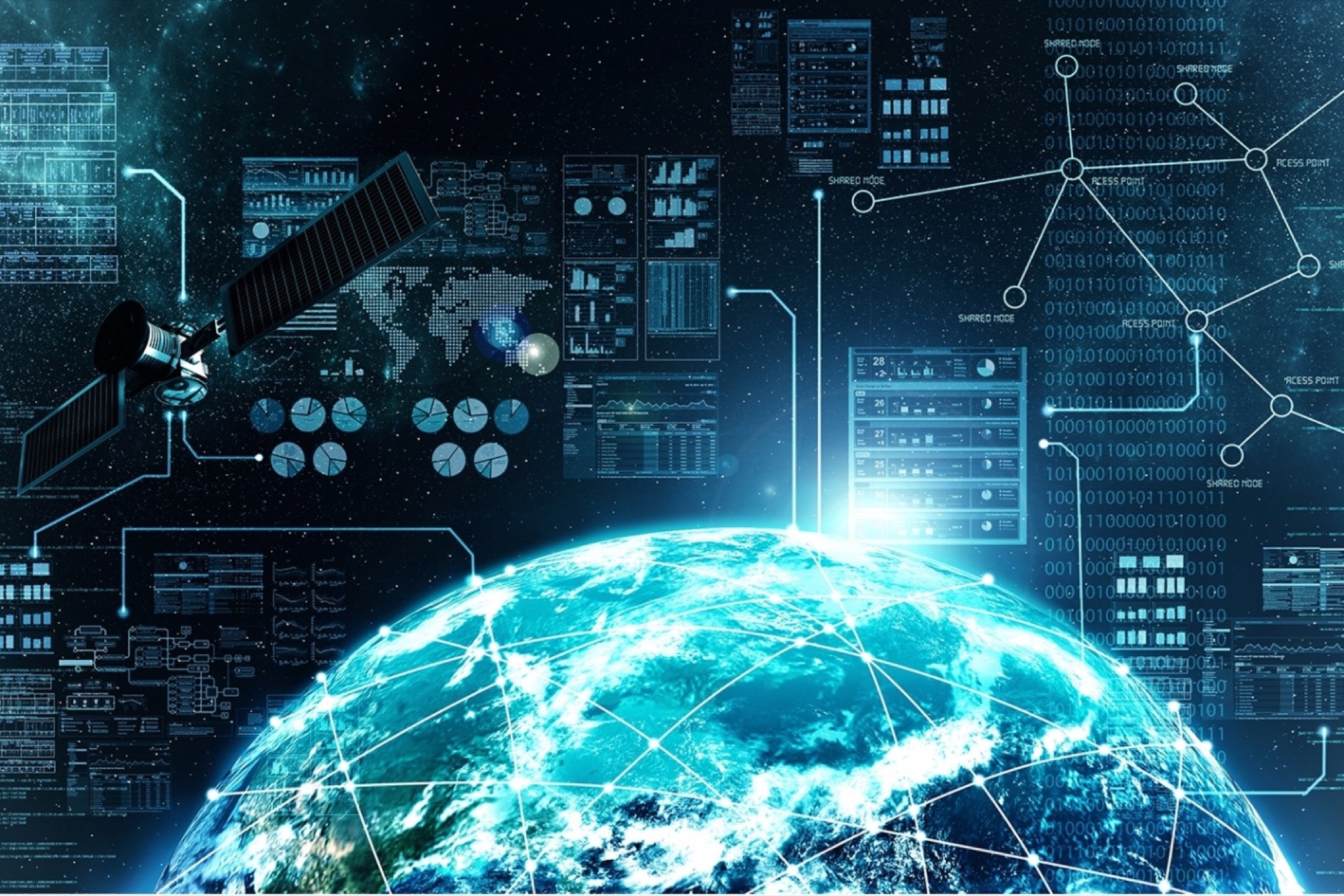9 Examples of How the Internet of Things Is Already Disrupting Just About Everything IoT applications are changing the way we shop, grow our food and adjust our home thermostats.
Opinions expressed by Entrepreneur contributors are their own.

Technology's evolution and forward motion waits for no one. Those who knowingly or unwittingly choose to procrastinate are left behind, while those who embrace tech trends rapidly help usher in new ways for businesses and consumers to interact. In many cases, these changes amount to industry disruption, creating new opportunities for startups or continued growth in an existing market.
The Internet of Things, or IoT, is one of the buzziest terms at present. Many developing technologies are part of this space. The IoT is a network of physical objects (the "things") embedded with electronics, software, sensors and network connectivity. These elements enable objects to collect and exchange data without a need for human interaction. Each of these technologies relies on the IoT in a different way, providing a competitive advantage or differentiator.
One of the most well-known IoT applications is found in retail. Radio-frequency identification (RFID) uses wireless tech and electromagnetic fields to transfer data, automatically identifying and tracking tags attached to objects. The tags -- commonly a sticker or other label -- contain electronically stored information. This has huge benefits for retailers. Those who use RFID tags can expect approximately 99 percent inventory accuracy, a 50 percent reduction in out-of-stock events, a 70 percent reduction in shrinkage and sales increases ranging from 2 percent to 7 percent.
Related: Sprint Past the Competition With Location-Based Mobile Marketing
Here are several more examples how the Internet of Things is changing our everyday lives and disrupting industries around the globe.
1. Wearables.
An emerging branch of IoT, wearables appeared on the scene in 2015. The term includes a broad range of smart devices worn by people or even animals. Using a wearable alarm button and other discrete wireless sensors placed around the home, dedicated products can track daily routines. They also can send an alert when notable deviations are detected. For example, family members can be notified when an elderly loved one fails to turn on the usual morning kettle.
Animals can benefit, too. Lions living in southern Kenya wear collars capable of connecting to GPS and GSM systems. This allows researchers and conservationists to track their movements and better protect endangered populations.
Google Glass straddled the line between wearables and augmented reality. It's widely reputed as no longer active, but it's possibly not yet totally abandoned. Google Glass could provide retailers with flash-reporting displays that pop up as managers scan the store to compare product plans vs. actual sales. Retailers also could scan bar codes to view inventory counts and other extended product information.
2. Replenishment.
This application already is starting to appear across various products from certain vendors. It holds enormous potential for not only consumer convenience but also retailer revenue. Imagine pressing a button on the wall of the laundry room whenever you run out of detergent, and a system automatically ordering a new box or bottle for home delivery from your favorite store.
Generic buttons could be configured for different products and placed strategically around the home. Connecting home automation to e-commerce sites could be the next wave of retailing. Consumable products such as ink cartridges could be capable of self-ordering replacements when current levels fall below a certain threshold. Fridge and cupboard items also could detect when supplies are low and it's time to restock.
3. Wireless sensing and tracking.
Many might think wireless tracking exists only in individual stores, but this version of the IoT also can connect chains with multiple locations. Bluetooth beacons can help track smartphones throughout the store and thus record path-to-purchase data that later could be used to enhance store layouts.
Here's where it gets really interesting. Sure, this technology can focus on shoppers as they move around the sales floor, transmitting special offers and other information. But coupled with GPS tracking, IoT tech also can sense if a customer is within a certain radius of any store in the chain. Take it a step further, and retail centers can push information that contains offers tailored to a customer's previous buying habits.
Of course, all this reach extends to the checkout registers, where shoppers can use credit cards equipped with near-field communication (NFC), Apple Pay or other alternatives.
Related: 3 Ways to Use Geolocation to Increase Revenue
4. Health and well-being.
Wearables are aiding the rapid trajectory of the enormous growth in this key market. Using internet-connected devices, people can monitor their exercise levels and weight. They even can review a log that details how long they spend brushing their teeth.
Analytics mine the data for patterns and provide suggestions for improvement. I'm sure it won't be long before retailers start offering to analyze this data to better diagnose and prescribe products, remedies and services that can help people attain their health goals.
Related: Top 10 in Wearable Wellness
5. Home automation.
Home automation has been around for a while, but it's getting much more sophisticated -- and homeowners are more eager than ever before to adopt this IoT technology. Retailers stock "hub" products that bridge the protocols across different vendors' products. It allows users to combine everything into a single neat, controllable portal or application that functions much like a command center. Via a single smartphone app, homeowners can control their hot water, lights, closed-loop cameras, heating and cooling, ovens and much more.
6. Environment.
A team of bee-keeping enthusiasts created downloadable, printable beehives that can be enhanced with sensors. Their aim? Solving the problem of bee-colony collapse. Internet-connected sensors now in development can log data about the causes behind bees' worldwide disappearances. This data can be used to study colony health, build hard evidence to determine the problem's causes and generate change based on informed solutions.
7. Agriculture.
Farmers are implementing irrigation technology that combines smart sprinklers and a mix of data about their land's crops and soil conditions. Tapping into a variety of public weather-information sources allows them to determine how closely, deeply and frequently to plant seeds. It also helps them make informed decisions about use of spray herbicides on a given piece of farmland.
Consumer variations of this technology exist, too. Weather and soil information can help determine the perfect amount of water to dispense for plants and grass, saving as much as 90 percent on residential water bills and avoiding the very common mistake of watering right before a rain.
Related: How Ag-Tech Ripened into a Growing Market
8. Hospitality and tourism.
Hotels and resorts use beacons that communicate in real time with customers onsite, offering up all sorts of information: resort maps, daily events, kids-club timetables, food and beverage specials and spa-treatment bookings, to name a few. Guests can make in-app payments or submit reviews and other feedback. Industry leaders use technology to enrich the guest experience and create a competitive advantage in their market.
9. A thriving, expanding industry.
With the ubiquity of connected networks, inexpensive sensors and cloud-based data-storage capabilities, technology is a key player to enable innovative disruption in nearly every industry and daily activity. Businesses with the imagination and vision to put these emerging tools to use will differentiate their organizations from competitors and reap the benefits.









